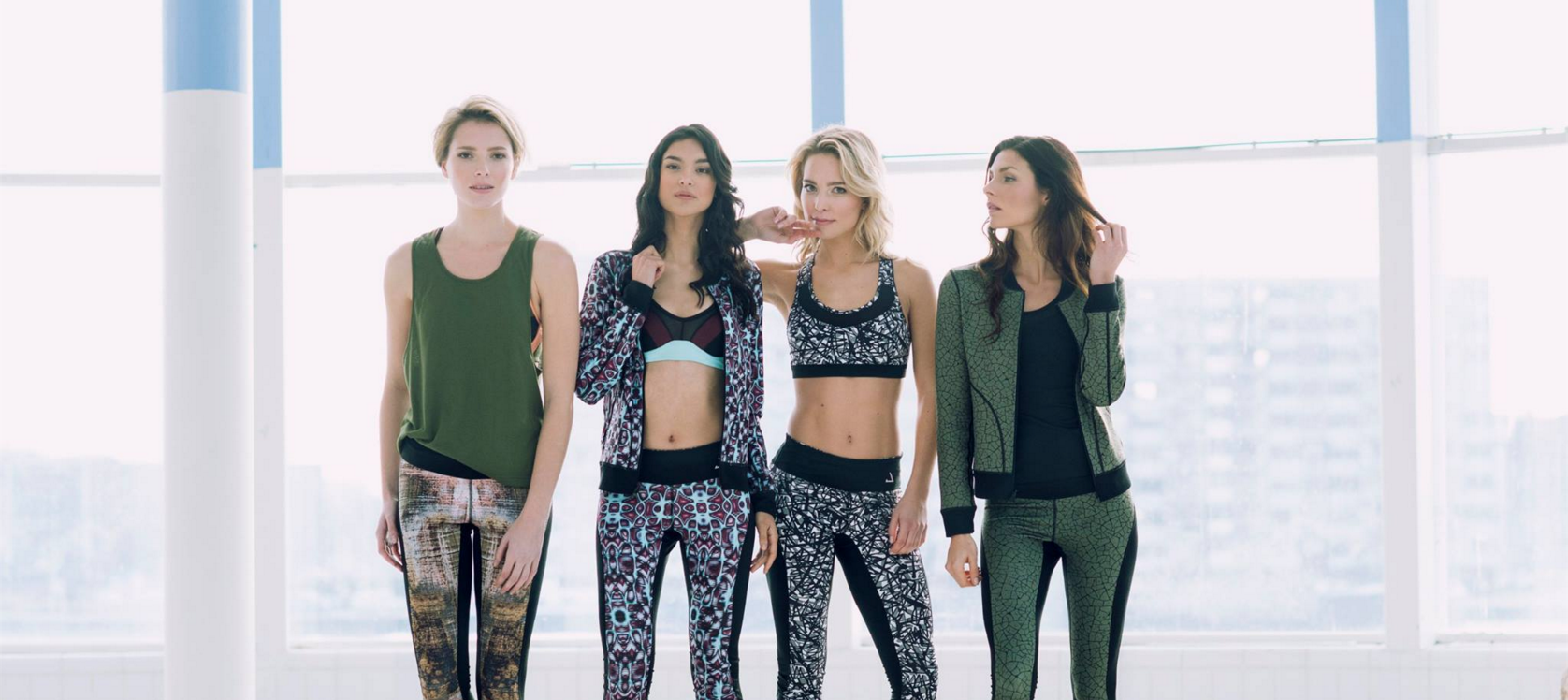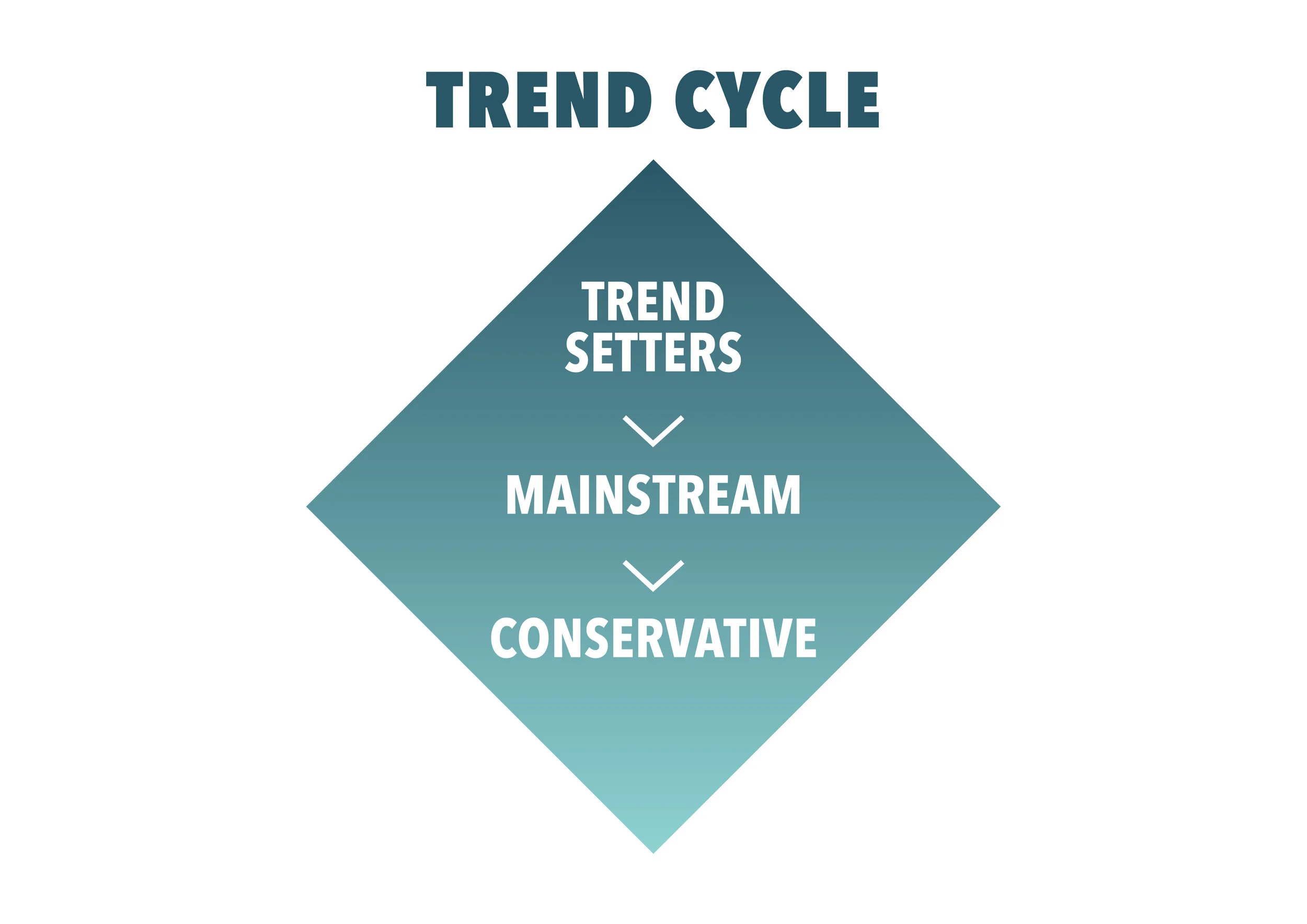Social and Fashion Trends
This article was originally published on the Expresso website under the title "Becoming a Trendsetter".
When we talk about trends generally, we’re just referring to a critical mass of interest in a thing, a style, a way of life, or whatever else. Trends don’t exist independently to us, living somewhere out there in the world until we discover them. We make them. If you know what how, you can easily spot trends yourself. It’s just a way of looking at the world. It’s about asking “why?” constantly. Why is this item on trend? Why is this decade back in style? Why are people all dressing a certain way? And once you know where to spot them, and why they appeal to people, you can also set them yourself (or at least play with them yourself so that you’re not just a follower).
Athleisure looks (Source: bandt.com.au)
I think people easily understand trends in the world of fashion, because so much about that world is about newness. But trends are more than what you see on a runway. There are definitely links between high fashion trends and social trends though. The rise of “athleisure” (the cross over between streetwear and sportswear) and a general concern with healthy living, is a great example of this. As people start becoming more exercise-focussed, fashion brands starts to interpret workout wear so that they can put items out into the world that appeal to a current mindset. But the fast-paced nature of fashion also means that there’s often a tendency towards fads. And you have to be quick to spot what’s really a trend, and what’s just a look for this season.
Trend Cycle (Image: ITI)
To really simplify the way trends work, they filter through the three main stages of person (or customer): innovators, mainstream and conservatives. This is skipping out a few steps, but it’s an easy way to understand the general evolution. Think about it as a diamond. You’ve got a relatively smaller top and bottom with a wide middle – so fewer innovators and conservatives and a significant chunk of mainstream. It all starts at the top and filters down in time, before starting all over again with a new trend a few seasons later. How long it takes is different in different industries – but for clothing it’s generally 2-3 years.
So it starts with the innovators – these are generally people in creative or creative-adjacent industries – artists, designers, musicians, and the like. In terms of fashion, these are people who aren’t afraid to dress differently. They want to stand out. So they’ll take risks, experiment with new things and then quickly move on to something out. You find fashion innovators at fashion weeks, parties, festivals and other places where there’s an excuse to dress up. If you want to set a trend you have to start here. By getting into the crowd of innovators and early adopters, you can seed a new trend if what you wear or do is impressive enough. These people are the influencers – what they wear inspires fashion designers. They set what’s cool and we all know it because of social media and other coverage of their style.
The next level along the chain is the mainstream. There are a few stops along the way here, from early mainstream to mature, but generally this is when you can buy something in a mall. It’s already been interpreted for an average customer (and maybe been made a bit less edgy on the way). You can’t influence trends here because this is when they are already established. Mainstream customers don’t want to see something new; they want to see something they know (but that’s maybe just different enough to have some novelty).
Lastly you’ve got the conservatives. These are people who are actively against change. In terms of fashion they’ve probably been wearing the same things for many years. They’re very unlikely to ever be receptive to a trend, and in fact when designers and retailers do market to them, they’ve very careful to keep things very safe. Even more so than the mainstream individual, you’re not going to have any luck setting a trend here.
Maboneng (Source: streatnik.com)
So when you consider it like this, it’s easy to see where to try and influence people to make the most impact. It’s not so much what you do, but where you do it. Work out where the innovators are in your city and make a splash there and with any luck what you do will filter down through these different groups. It takes some trial and error to get it right, but when you’re in the innovators’ space you’ve got to be prepared for that. After all, getting known as a fashion innovator yourself is definitely worth it in the long run.



